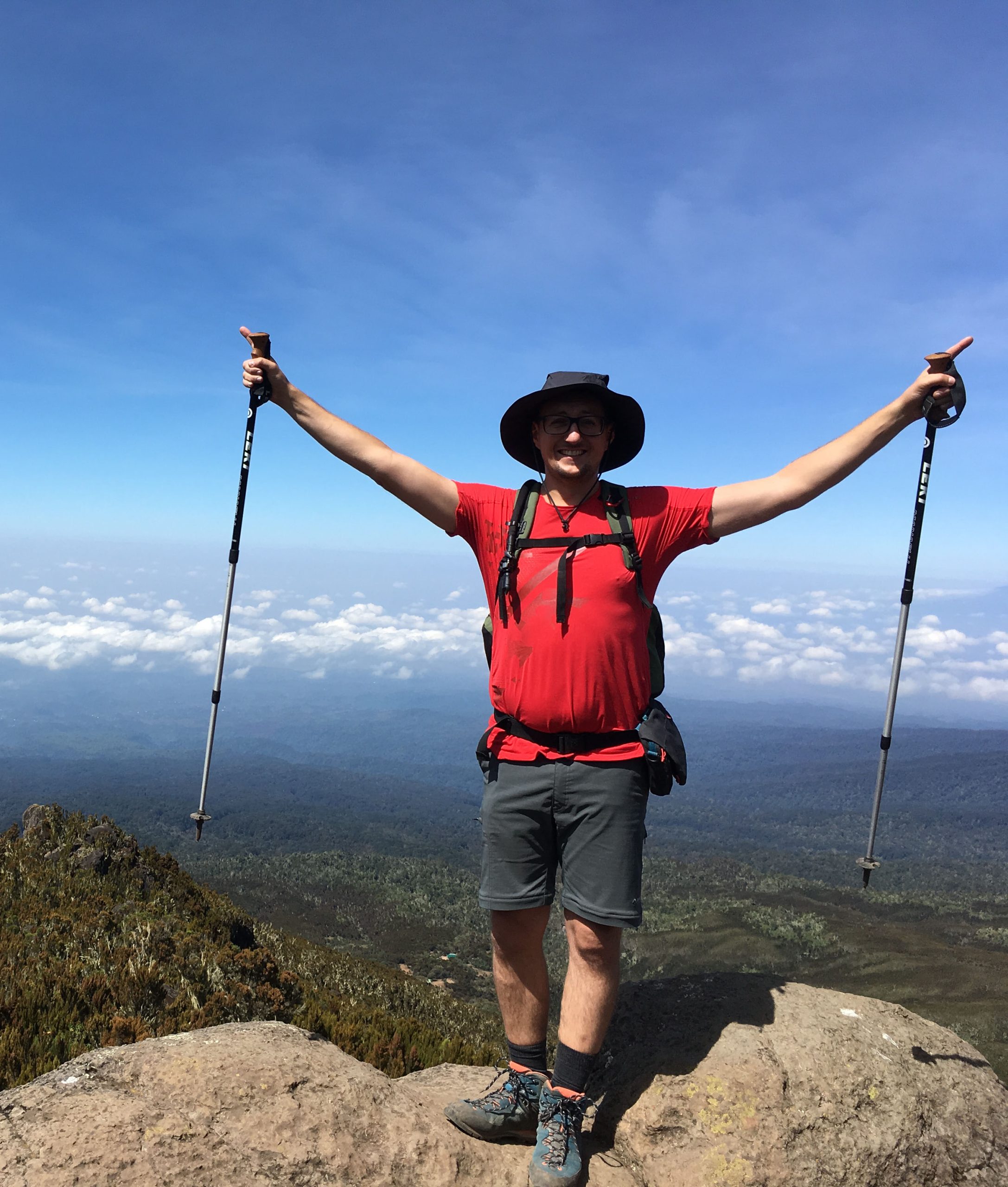
The Lemosho Route is one of the most beautiful and less crowded paths on Mount Kilimanjaro. This 9-day trek offers an extended acclimatization period and diverse landscapes, increasing the chance of reaching the summit successfully.
9 Days
12
English
Upon arrival at Kilimanjaro International Airport, you will be transferred to your hotel in Moshi for a briefing with your guide. You will check your gear and rest before starting your trek the next day.
Start the trek through lush rainforest, spotting wildlife before reaching Mti Mkubwa Camp.
Hike through heather and moorland, gaining altitude steadily.
Explore the vast Shira Plateau with stunning mountain views.
Acclimatization day with a trek to Lava Tower before descending to Barranco Camp.
Climb the iconic Barranco Wall and trek to Karanga Camp.
A short but crucial trek to the final base before the summit.
Trek to the summit under moonlight, reaching Uhuru Peak at sunrise. Descend to Mweka Camp for rest.
Descend to Mweka Gate, collect summit certificates, and transfer back to Moshi.
The duration of the climb depends on the chosen route. Most climbers take between 5 to 9 days. Longer routes, such as Lemosho and Northern Circuit, offer better acclimatization and higher success rates, while shorter routes, like Marangu, can be more challenging due to rapid altitude gain.
No, Mount Kilimanjaro is a non-technical trek, meaning no ropes or climbing equipment are required. However, it is a physically demanding hike with high altitudes, so good physical fitness and mental endurance are essential for success.
The best months to climb Kilimanjaro are during the dry seasons: January to March and June to October. These periods offer stable weather, clear skies, and a better overall trekking experience. Climbing during the rainy seasons (April-May and November) is more challenging due to slippery trails and poor visibility.
The biggest challenge is altitude sickness due to the rapid ascent. Symptoms may include headaches, nausea, dizziness, and fatigue. Proper acclimatization, hydration, and a slow-paced climb ("pole pole" approach) help minimize risks. In severe cases, climbers must descend immediately for safety.
From $0.00
Looking for more info? Send a question to the tour agent to find out more.
Travel is my life. Since 1999, I have been traveling around the world nonstop. If you also love travel, you are in the right place!